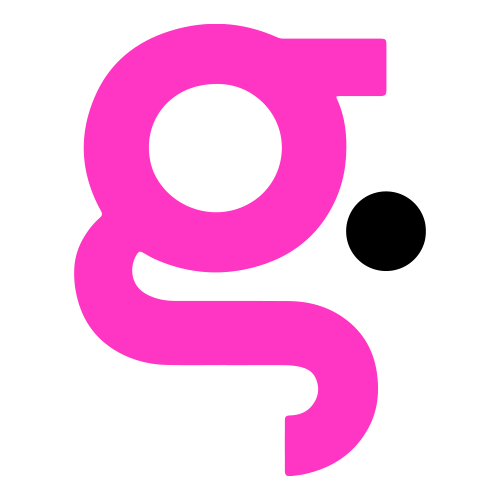A BROWN GUY WALKS INTO A WHITE AUSTRALIAN AGENCY - THE ROLE OF DIVERSITY IN CREATIVITY.
If not all people look the same, talk the same and act the same, why does the majority of the Australian advertising industry?
I was born in Caracas, Venezuela. A small country on the northern coast of South America, known for many things and creativity isn't one of them. You could blame it on Hollywood, MTV, or my strict catholic upbringing, but deep down, I always knew that I had to leave my country in order to become the person I wanted to be.
Compared to most people, I was lucky enough to go to university in the U.S. After returning and experiencing the lack of originality of the Venezuelan ad industry for a few years, I then decided to start a new life in Australia.
Needless to say, I was excited to forge my own path in a new country. When you are in your late 20s, you view life through rose coloured lenses, but I soon discovered that people see you and treat you differently when you look like me and try to enter an industry known for its lack of diversity. And a lot of it has to do with the narrative we have around status roles.
There are status roles everywhere we look; there's a hierarchy: people accord status and some level of respect to others around them. In the case of Australian advertising, you get status by being part of a system:
Being a white man: a great start.
Coming from a similar background: that could be where you were born, your socio-economical background, or going through the same filter like Award School (I'm all for Award School, but having a "top 10 students" list highlights the industry's gatekeeper mentality).
Winning Awards: it's not enough to do your job and do it well. The only way to get the status you deserve is by sacrificing pay and working long hours to make work with the sole intention of winning an award. This approach is skewed to favour big agencies, who have the budget to self-finance production and fees, which further perpetuates this singular vision. Awards are great, but when we base our sole value as professionals on subjective merit, we further narrow the voices in the field.
I'm sure this isn't exclusive to advertising. Still, for an industry that defines itself on celebrating creativity and innovation, I find it incredibly interesting that we aren't focusing on more valuable things, like diversity and inclusivity, as a way to raise the industry's bar.
It's only when we make our departments, companies, and even our governments more diverse that we improve the depth of our understanding of human nature.
In a study done by Harvard Business, they discovered two types of diversity: inherent and acquired. Inherent diversity is the kind you are born with, such as gender, ethnicity and sexual orientation. On the other hand, acquired diversity refers to traits you gain from experience. For example, working in another country can help you appreciate cultural differences. Marketing to women from an empathetic standpoint could give you gender smarts. Companies that exhibit at least three inherent and acquired diversity traits are defined as having two-dimensional diversity.
The study discovered that companies with 2-D diversity out-innovate and outperform others. 2-D diversity unlocks innovation by creating an environment where "outside the box" ideas are heard. Teams are more creative because a person's individual creativity is enhanced by their ability to integrate different points of view.
It's basic nature: people don't all look the same, walk the same, talk the same, or act the same. If our shopping aisles are filled with different people and different products, shouldn't our companies be made up of different people too?
Only when we make our departments, companies, and even our governments more diverse do we improve the depth of our understanding of human nature.
The bottom line is that the advertising industry has to catch up with modern times. One of the things going on in our culture right now is a reshuffling of the status hierarchy. The benefit of the doubt has been too long accorded to people based on mythical things like what race we decided fits the standard or whether they qualify to be like "us". The reality is that there's no such thing as average when it comes to humans. We should focus on seeing people for who they are, on hearing their voices in our heads. It's easier to be off the hook and say, "sorry, you just don't fit; you aren't part of the system". Because when a person is part of the system, it's easier not to take accountability.
Last year, in the middle of the pandemic, I had to leave Australia to come to be with my mum as her cancer resurfaced after eight years of being in remission. It came as no surprise that when I asked the advertising community for support and advice in a period of uncertainty, the only ones who reached out for support and listened were those who didn't fit in the system.
I’m currently fortunate enough to work with a diverse group of people and clients from all over South America, the U.S., and Europe. This has made me realise the critical role diversity plays in creativity and innovation.
We need to be wary of tokenistic practices masquerading as genuine, authentic diversity in both our workplaces and the ads we create. Real diversity and inclusion are achieved by putting diverse people in top positions, and that's when we can start creating real products that benefit people, real brands that fit into people's lives more seamlessly, real creative messaging that shows we really understand our customers and real solutions that change the status quo.


